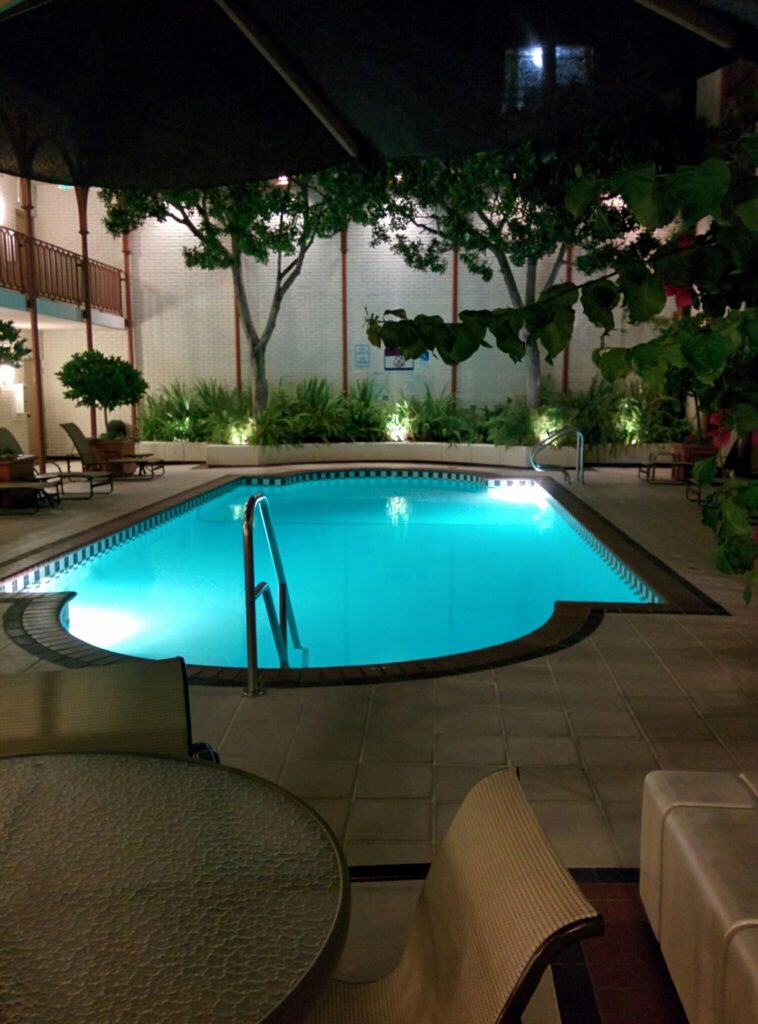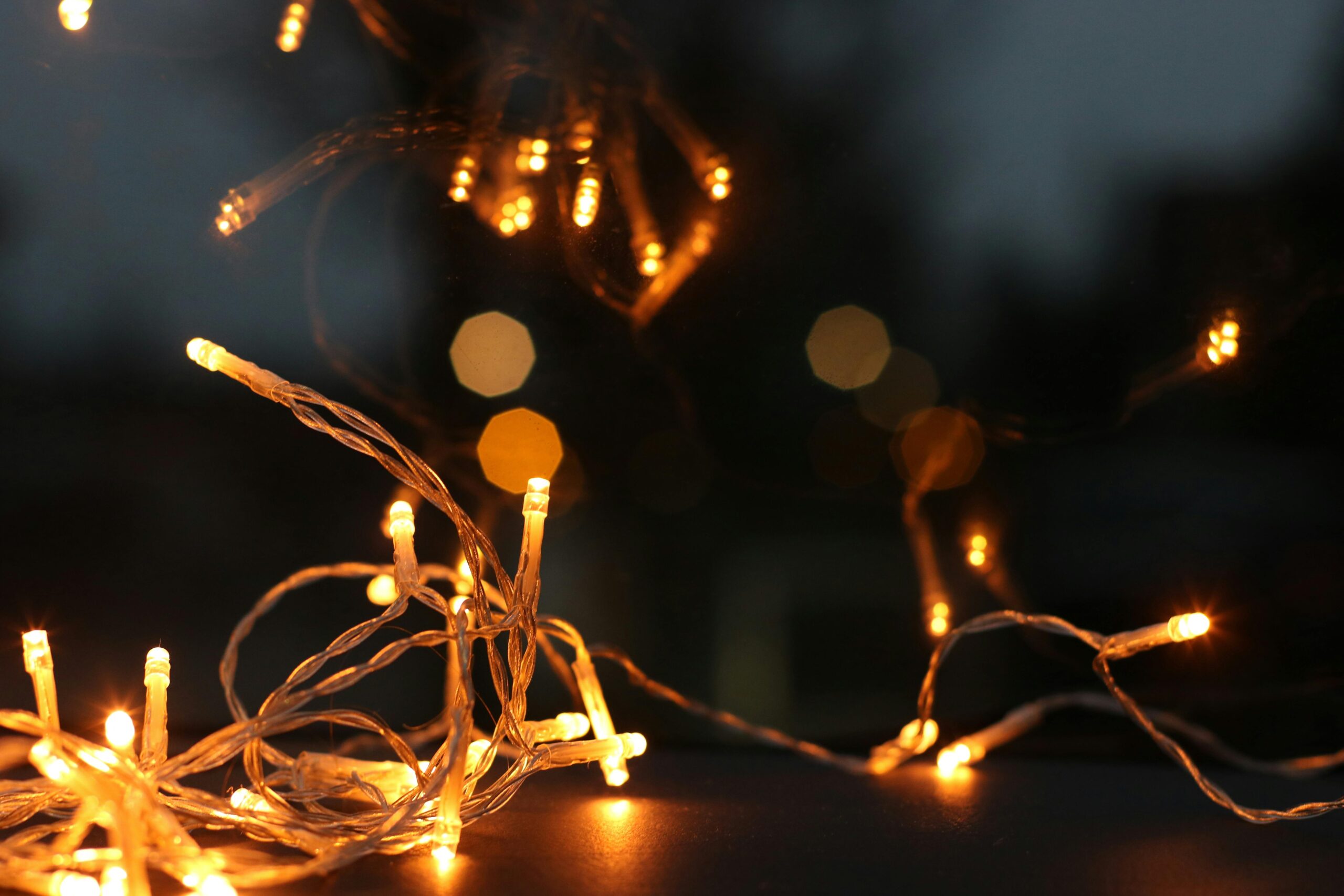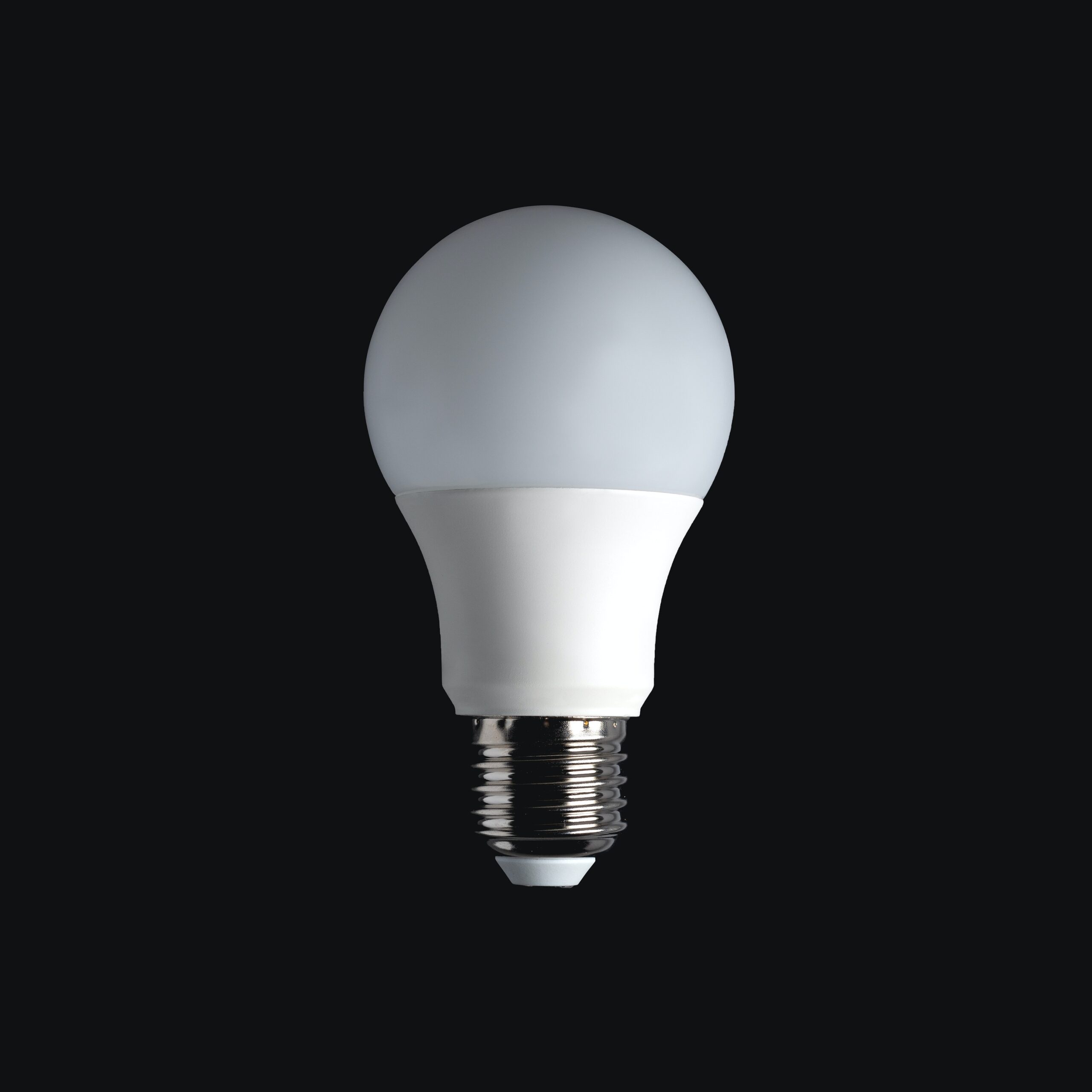Downlighting vs. Uplighting: How to Choose the Right Lighting for Your Space
Downlighting and uplighting are two different types of lighting that can be used to emphasize any space. They’re commonly used in residential and commercial settings to highlight specific architectural features or create moods by highlighting the room’s ambiance. To determine which type of lighting you’ll use, you first need to understand what each one does:
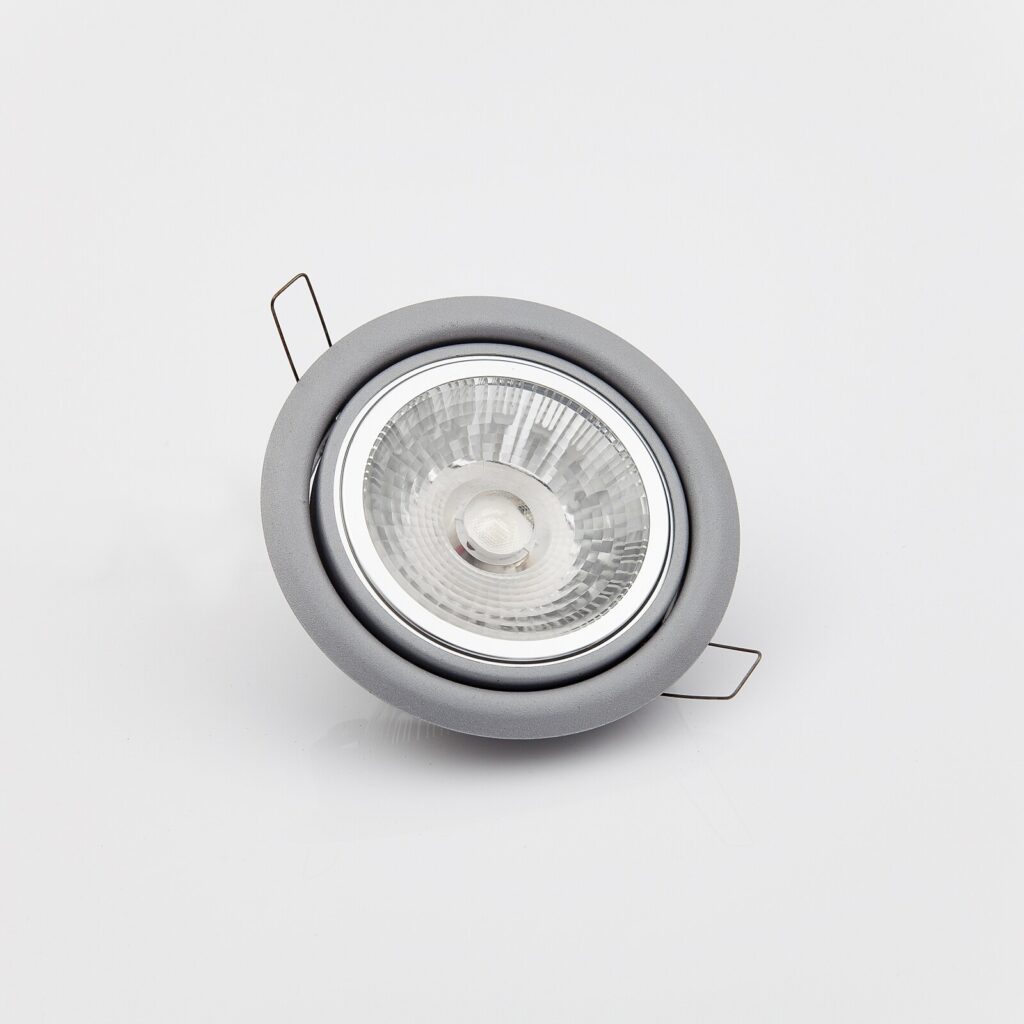
Downlighting vs. Uplighting When to Use Each in Your Home
Downlighting Is A Lighting Technique That Involves Mounting Lights Directly Above An Object To Shine Down Onto It
Downlighting is a lighting technique that involves mounting lights directly above an object to shine down onto it. It’s used to create a more focused, directional light and can help give the impression of depth.
Downlighting is an excellent option if you’re looking for an easy way to make your space feel larger!
Uplighting Is A Lighting Technique That Involves Shining Light Up On A Subject Or Object To Highlight Features
Uplighting is a lighting technique that involves shining light up on a subject or object to highlight features. The piece can be used to draw attention to architectural details, such as windows and doorways; a focal point in your home, such as an art piece or sculpture; or even the color scheme of your room.
Downlights Can Be Mounted On Walls, Ceilings, And Floors
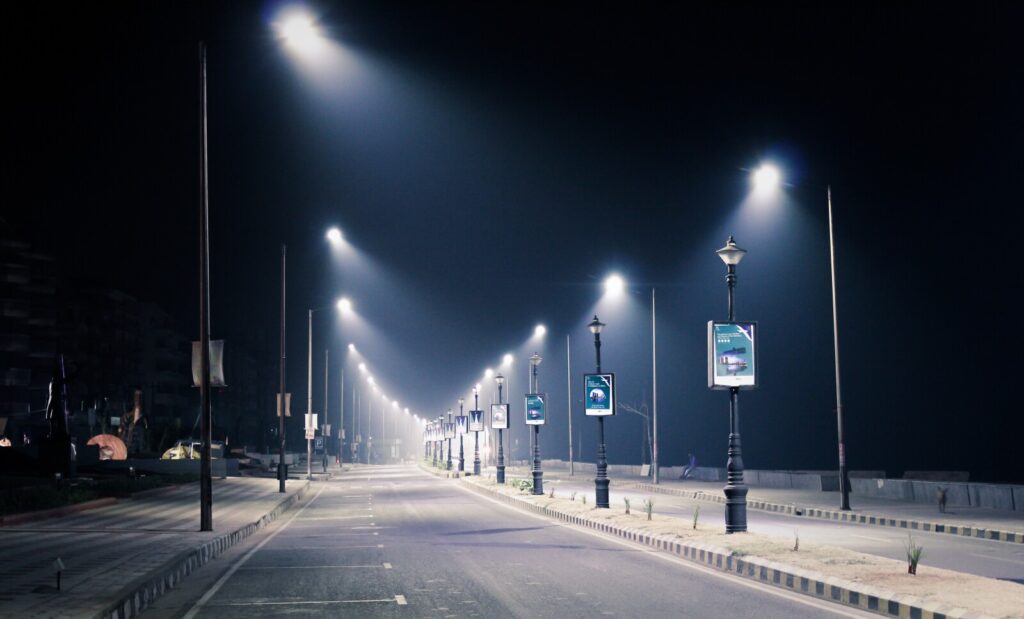
Downlights Can Be Mounted On Walls, Ceilings, And Floors
Downlights can be mounted on walls, ceilings, and floors.
- Wall lights are often concealed behind a trim covering and are the easiest to install. Ceiling-mounted downlights can also be recessed into the ceiling or surface mounted with brackets.
- Floor-mounting involves placing it at ground level, which may be more visible than other types of downlights. It may also require unique fixtures that can bear weight over time without deteriorating or breaking off from their mounting points.
In General, Recessed Fixtures Are The Preferred Choice For Downlights
In general, recessed fixtures are the preferred choice for downlights. These help ensure that you get the lightest possible in your space while keeping energy consumption minimum. Downlights are also more directional than uplights, which means they direct their output straight down rather than up. This is because they shine in one direction only—not two. As you may imagine, this makes them more efficient since less energy is wasted on lighting surfaces that aren’t directly beneath them or just above them (think about how many times you’ve had someone say “the sun’s coming out” when it rains).
Recessed fixtures have another advantage over outdoor spotlights: They’re generally more affordable, and their low height makes them less susceptible to moisture damage than outdoor spotlights, typically mounted higher up on walls where water pressure can cause leaks.
The Suitable Downlight Will Emphasize Where You Want It And Allow You To Use Less Power In Other Areas While Maintaining Adequate Ambient Light Levels
- Downlights emphasize where you want it and allow you to use less power in other areas while maintaining adequate ambient light levels. When placed in the right spot, the suitable downlight will create a sense of intimacy or drama and be used for task lighting.
- Uplighting uses the same principles as downlighting: it’s all about creating an effect that adds style, interest, and visual interest to your home or business space. However, while downlighting focuses on specific areas within a room—the kitchen island or dining table—uplighting adds subtle accents to larger spaces such as living rooms and entryways.
Uplights Can Be Used To Draw Attention To The Great Architectural Features Of Your House Or Landscape

Downlighting vs. Uplighting How to Choose the Right Lighting for Your Space
If you want to accentuate a particular architectural feature of your home or landscape, uplights are a great choice. However, it would help if you were picky about the color temperature and beam spread of the fixture to highlight what you want it to rather than make it look worse.
Uplights can be used for more than just highlighting features of your house; they can provide some mood lighting as well. For example, in a dining room where you have an art gallery-style collection on display and have chosen warm tones for all of your furniture and accessories (such as deep purple cushions), uplights can give the room an extra sense of warmth without overpowering the rest of the decor by being too bright or intense. A fixture with an amber-colored LED bulb installed would work best because it will fall into line with other warm colors while still providing enough light for people to see their food at dinner time!
Uplighting Can Be Used In Commercial Settings To Emphasize “Must-See” Displays And Help With The Overall Ambiance
In a commercial setting, uplighting can draw attention to a sign or display. Uplighting is also a popular way to emphasize a product or area of the store. For instance, you may use it to highlight an end cap of merchandise that needs extra emphasis for it to sell more quickly. Uplighting can create drama and excitement in your store, but if you want something more subdued, then using uplighting would be best suited to create calmness in the atmosphere and calm shoppers down while they browse.
When Choosing Your Uplights, Consider The Distance From The Surface, Color Temperature, And Beam Spread
When choosing your uplights, consider the distance from the surface and color temperature. Color temperature is the brightness or coolness of a light source, measured in kelvins (K). A higher color temperature means that it will have more blue tones, while lower temperatures have more red tones.
The beam spread of an uplight refers to its coverage area; some are wider than others and will cover more space with their light output than others.
It’s Vital To Get The Ambient Light To Be Comfortable When Working Or Relaxing In Any Space
Ambient light is essential because it helps you feel good and comfortable. Ambient lighting can be used in conjunction with downlights and uplighting or on its own.
Ambient lighting is the overall light in a room—it’s not focused on any particular area but rather fills out an entire space. It’s essential for creating a calming atmosphere and helps you see things clearly without glare from direct lighting. As you sit in your living room or at your desk, ambient lighting allows you to focus on what you’re doing without straining your eyesight or worrying about being distracted by bright spots of brightness that are too harsh for comfort.
You’ll Want To Use Uplighting And Downlighting In Different Parts Of Your Home
While downlighting is used to highlight the features of your home and make them stand out, uplighting can draw attention to your house or landscape in a more subtle manner. Commercial settings can use this type of lighting to highlight “must-see” displays and enhance the overall mood.
Conclusion
When deciding between downlighting and uplighting, you can consider whether you want to emphasize a particular architectural feature or highlight a specific decorative piece. Downlights are great for emphasizing a particular room area by providing enough light to make it stand out while also allowing you to use less power in other home areas. Uplights offer some benefits over downlighting because they’re not as conspicuous when on display; however, they emit more heat than their counterparts, so be careful where you place them. In conclusion, both will serve your purposes depending on what’s most important to you at the time!
